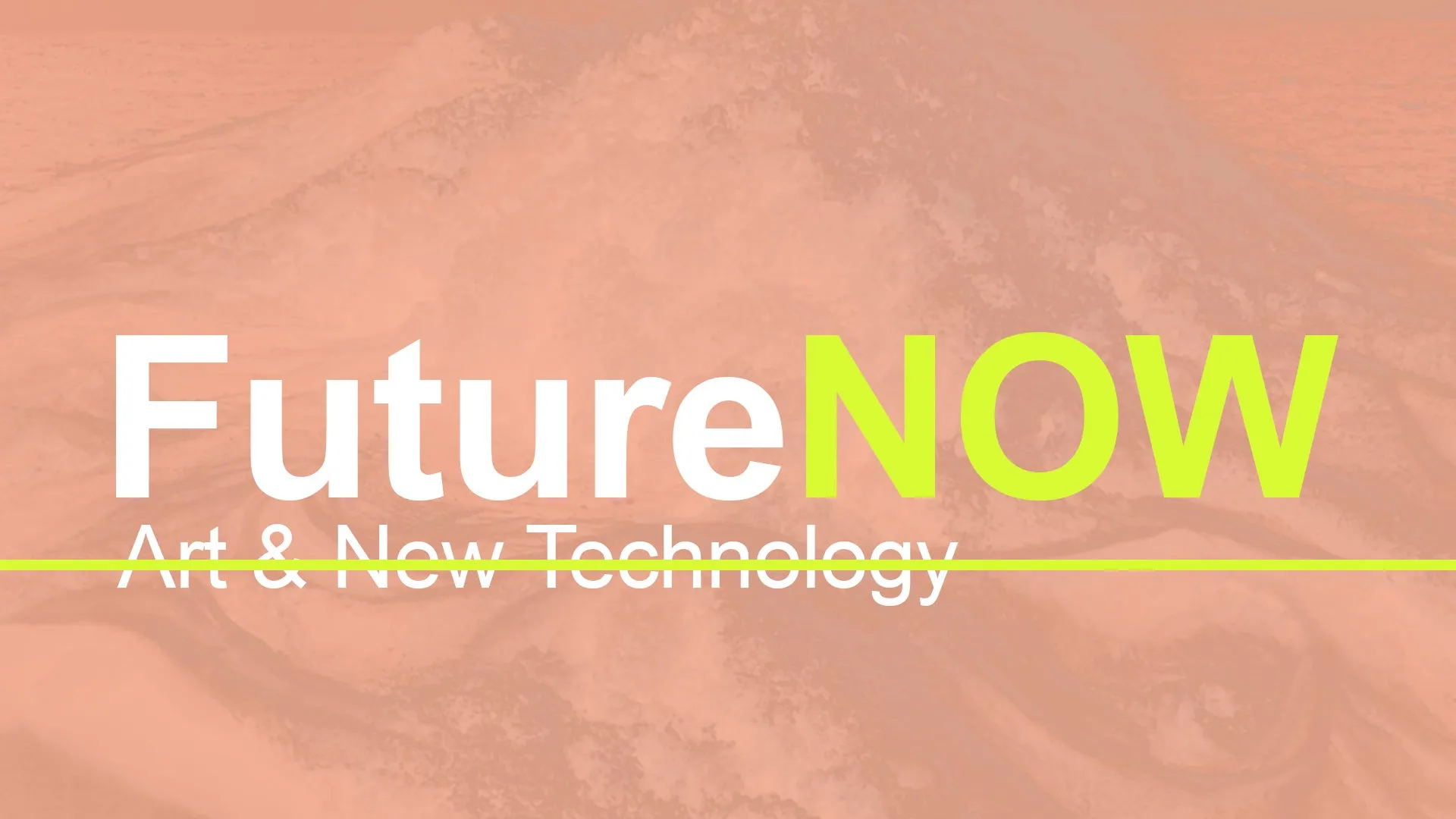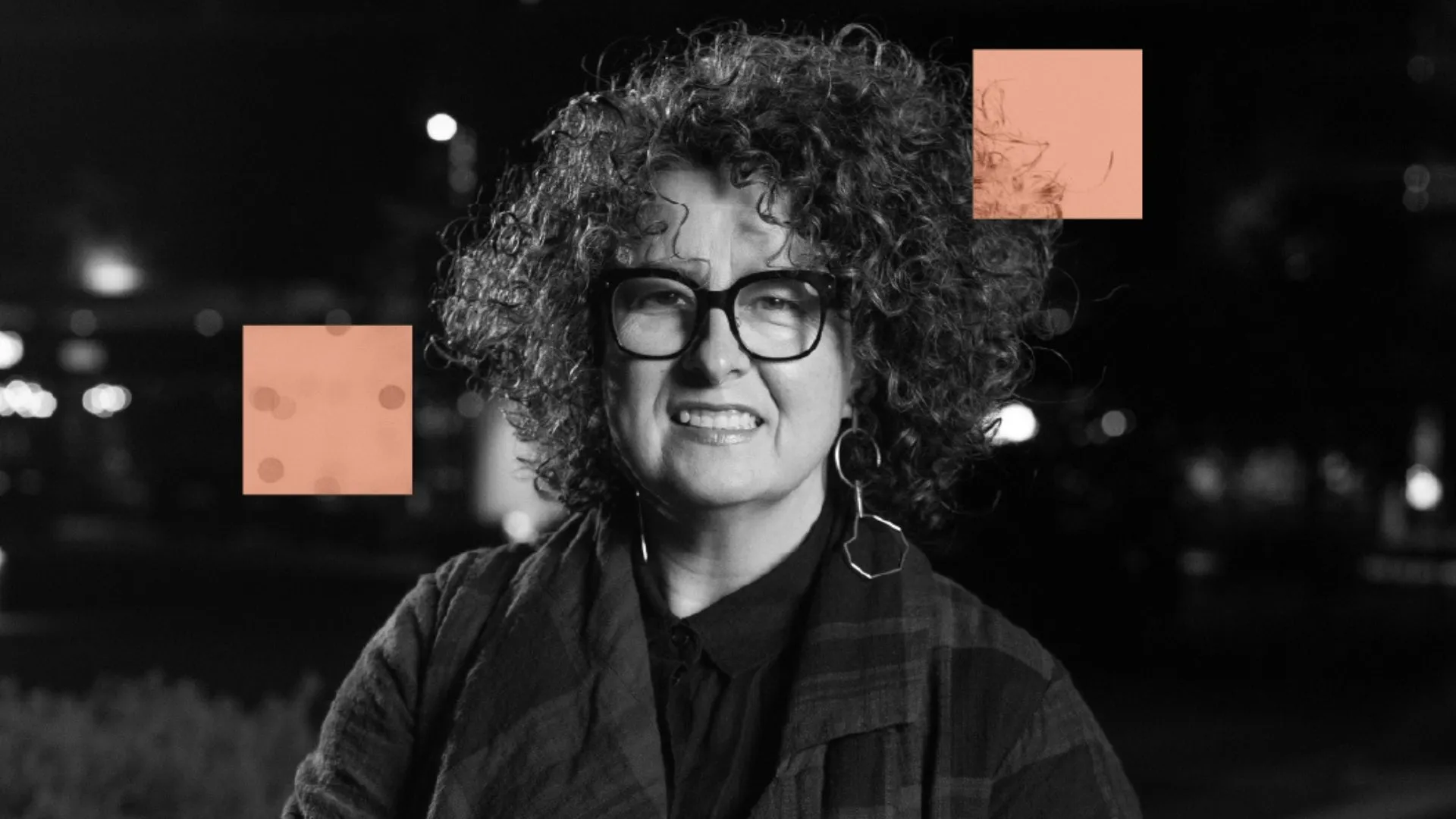FutureNOW
An investigation into the intersection of art x new technologies.

FutureNOW is an art x new technology development project lead by Council in collaboration with the creative sector from 2024 through 2027.
FutureNOW is a public investigation into the intersections of art x new technologies. It explores new modes of arts practice, engagement, and presentation in a regional context through an iterative and evolving program of research, residencies, critical conversations, skills, development opportunities and creative, public outcomes.
The program focus is on capacity building in the local sector and creating new networks across QLD and Australia, situating Sunshine Coast as connected and ‘competitive’ in this emergent creative space. It is co-designed and delivered in partnership with artists and the local creative sector.
FutureNOW is aligned with key strategic documents such as the Australia Council Digital Culture Strategy, Queensland Government Grow 2022 – 26, and the Sunshine Coast Creative Arts Plan 2018 – 2038.
FutureNOW_In and Of A Place: Professional Development
FutureNOW is currently calling for proposals from contemporary artists and technologists curious to explore what that future looks like. This opportunity is open to Sunshine Coast-based individual artists, or collectives, with a contemporary arts or creative technologists practice with a curiosity for playing with emergent technologies.
This creative development opportunity provides early career artists and creative technologists a chance to play together in exploring work created in response to and/or specifically for a place.
The program will run from February to June 2025, with successful applicants receiving a stipend to support their participation in workshops, forums and a weekend intensive development program with producers and curators to further their practice.
Applications Close: Midnight 27 January 2025
Find out more about this opportunity and apply at Smartygrants.
If you would like more information or support, please email [email protected].
The Brains Trust is an informal steering committee for the FutureNOW project. It is comprised of future focused creative professionals engaged to support the development and delivery of FutureNOW over the next two years.
Brian Keayes

The visual alter-ego of Brian Keayes, Australian multimedia artist & designer, is best known for provocative projection art on sculpture and landscapes. He also experiments with crowds as a canvas, encouraging human interaction with light. He has fired lumens in art, music and environmental festivals across Australia, America and Japan. Artworks are based on reoccurring themes of sustainability, environmental science, ancient wisdom and the existential crisis we face collectively as a species.
Andrew Maccoll

Founder of Saturate, a distributed design team of highly skilled creatives working globally with international brands. Australian-born Andrew Maccoll has made a name for himself as a sought-after Creative Director and Photographer, having worked with some of the world's biggest brands and celebrities. Career highlights include working with iconic names such as Apple, IBM, Dior, and NBC.
An expert in brand strategy and culture changing creativity, his impressive skill set includes directing photography and film. Andrew earned a Bachelor's degree in Visual Arts & Photography, majoring in Multimedia, before going on to study directing at the AFTRS.
Jessie Hughes

Jessie Hughes is an internationally-recognised Australian new media artist, technologist and screenwriter, her works having exhibited most notably at Sundance Film Festival, SXSW, Cannes and the Tate Modern. Hughes has been named one of Australia’s Future Changers for her commitment to using digital innovation for positive social impact, and was awarded Australia's prestigious 2020 Sir John Monash Scholarship to support her Masters in Screenwriting.
Sophie Delaney
Sophie Delaney is an emerging visual artist and curator whose work investigates how the use of digital screens in contemporary art practice can refuse and reject society’s historically patriarchal male gaze within a gallery context. From an intersectional feminist position, Delaney analyses and undertakes extensive research of contemporary art practices and theoretical discourses to develop critical understandings of how digital screens can act as both physical and conceptual barrier that subverts the sexualisation and exploitation of female subjects.
Meet the FutureNOW cohort of artists and technologists.
Alison Mooney

Alison Mooney is an Australian artist exploring colour, movement and curiosity from her studio on the Sunshine Coast, Queensland. Her studio pieces, murals and public art use bold colour and dynamic movement to bring fresh energy to a space.
Alison’s public art practice is driven by the unexpected impacts it offers the broader public – both on a daily basis as people physically encounter a work, and also from the broader perspective in terms of the contagious nature of creative risk-taking for any community. Exploring the potential of merging our physical public space, with our increasingly occupied digital, public space, as a public artist looking to engage people unexpectedly.
Amanda Bennetts

Amanda Bennetts is an Australian new media and installation artist, currently participating in Ars Electronica x IDSA's FOUNDING LAB in Linz, Austria. Living with a progressive neurological disease, Bennetts draws on her experience to critically dissect issues relating to care, sickness and disability. Examining what it means to be an ill-body in the world, Bennetts navigates a realm of living that is politically charged and socially determined. She creates large installations that engage materiality, incorporating video, sound and mass-produced objects, often with clinical and disability aesthetics.
Ben Tupas

Ben Tupas is an artist, digital producer and educator based on Giabal, Jarowair and Western Wakka Wakka land (Toowoomba, Queensland). He is passionate about telling human stories with a strong sense of place.
Ben is exploring how physical and digital space can be activated for audiences using augmented reality and analog technologies as way to engage with the mundane in a playful manner. Prioritizing and elevating diverse voices while continuing to explore ideas of identity expressed through personal cultural artefacts especially those linked to the Filipino and wider Asian diaspora, remains core to Ben’s practice and work.
Finley Wegner

Fin Wegener is an audiovisual artist and creative producer operating in Southeast Queensland, Australia under the moniker ‘Abstract Human Radio’. Currently conducting lecturing at the University of the Sunshine Coast, Fin uses motion tracking, machine learning and modular synthesis to explore the relationship between embodied interaction and audiovisual performance.
Kellie O’Dempsey

Kellie O’Dempsey creates site-generated installations and performances that integrate projection, video, collage, architectural space, gestural line, performance and digital drawing. Created in both solo and collaborative formats with sound artists and contemporary dance practitioners, O’Dempsey’s diverse practice explores, deconstructs and heightens the concept of public space as shared experience. O’Dempsey manipulates space and alters perception to transform and reinvigorate the familiar whilst establishing a sense of brilliance. Using performance, play, line and colour, O’Dempsey’s public productions enable an inclusive form of cultural interaction. The immersive site installation and performance drawing works invite the audience to engage directly with the visceral process of making. Kellie’s past performances include: Art after Dark; Pier 2/3; 18th Biennale of Sydney; MONA FOMA, Hobart; White Night Melbourne; and the National Gallery of Australia, Canberra and Botanica 2021 in the Brisbane Botanical Gardens.
Kellie O’Dempsey is represented by Jan Manton Galleries.
Melissa Stannard

Melissa Stannard is a proud Yuwaalaraay Gamilaraay, and Koama artist, researcher and poet, living on Kabi Kabi land on the Sunshine Coast.
Melissa uses her narrative skills and deep passion to bring hidden stories and experiences to light, often fighting for the underdog, the voiceless, the lost and forgotten, neglected and overlooked. Through the use of reparative aesthetics Melissa works to raise awareness and aims to help the healing processes of Aboriginal /Indigenous community, create pathways of understanding and reconciliation for the community as a whole, while embracing caring for country .
Nicole Voevodin-Cash

Nicole is an interdisciplinary artist, melding sculptural expertise with a diverse range of ephemeral practices, of new media, site-specific installations and interventions. Central to her artistic ethos is ‘Interaction’ as a sculptural strategy.
Imbued with a passion for immersive experiences, Nicole crafts artworks that beckon the audience not just to observe but to partake actively. Her creations serve as portals, inviting viewers to step into a realm where visceral encounters unfold, allowing them the agency to engage and influence the artwork's evolution. A graduate of Seven Hills Art School and the Griffith School of Art with a Masters in Visual Arts (2001), Nicole delves into the natural cycles, corporeal rhythms, and the intricate tapestry of human relationships and communication. Her spatial-temporal creations transcend mere visual engagement, embracing sight, hearing, and touch to foster intimate connections between the audience, the artwork, and fellow participants within the exhibiting space.
Nicole's art transcends the boundaries of mere observation, transforming into a multisensory voyage, encouraging a profound engagement with the essence of the art and the spaces it inhabits.
Ruby Donohoe
Ruby Donohoe creates interdisciplinary works rooted in the politics and poetics of encounter. With a background in contemporary performance and a body-based practice, Ruby uses expanded choreographic practices to create live performance, participatory works, videos, site-specific events, installations, sculpture, and audio experiences. Her practice is underpinned by an interest in humankind’s simultaneous radical alienation from and radical intimacy with the personal body and the ways in which this paradox is an important hinge in unpacking our conceptions of ‘other’. Ruby’s self-taught art practice explores expanded thresholds between the inanimate and animate.

